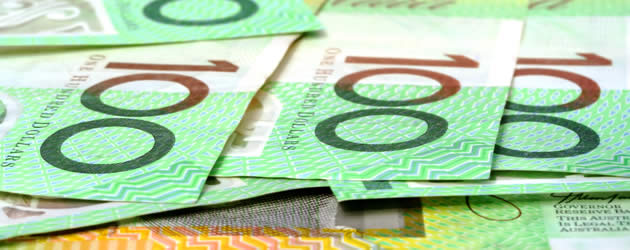Pound Sterling Australian Dollar (GBP/AUD) Exchange Rate Muted as Manufacturing Output Plummets to Seven-and-a-Half Year Low
The Pound Sterling Australian Dollar (GBP/AUD) exchange rate was left flat after disappointing PMI data. The pairing was left trading at around AU$1.9411.
Sterling outperformed other major currencies after Prime Minister Boris Johnson was able to secure his party an 80-seat majority in the general election.
Despite the Conservatives’ win last week, Sterling sentiment was left dampened following the release of weak UK flash PMI data.
According to data, British businesses suffered the worst downturn since mid-2016 in the run-up to the general election.
Added to this, the flash data suggested the world’s fifth-largest economy was on course to contract in the final quarter of the year.
Commenting on the PMI data, Group Director at the Chartered Institute of Procurement and Supply, Duncan Brock said:
‘However the biggest shock came in the form of the worst output performance from the manufacturing sector since July 2012. A lack of new orders and the unravelling of pre-Brexit inventories hampered progress and supply chain managers’ purchasing dropped at the fastest pace since 2009 in the absence of a pipeline of work ready and waiting. Service companies had challenges of their own in the form of another modest rise in costs for food and fuel.’
Lack of US-China Trade Deal Details Leaves the Australian Dollar (AUD) Flat
The risk-sensitive Australian Dollar was left flat on Monday as traders became frustrated over a lack of US-China trade deal details.
While the ‘Aussie’ benefitted earlier from cooled tensions between the two powers, gains were limited on Monday.
On Sunday, US Trade Representative Robert Lighthizer revealed the ‘phase one’ deal between Washington and Beijing is ‘totally done’.
After more than two-and-a-half years of tensions between the US and China, the United States is set to reduce some tariffs on Chinese goods while China will increase the purchases of American agricultural, energy and manufactured products.
AUD was left flat despite the increased risk appetite following the announcement and commenting on this, Rabobank’s senior currency strategist, Jane Foley said:
‘While there is significant relief over the trade deal, a lot of that would have been in the price already, so now there is a chance that trade relations could be strained again and we know a second phase of the trade agreement will be difficult.’
Added to this, an anonymous source familiar with negotiations noted:
‘[The deal] is a phased achievement, and does not mean that the trade dispute is settled once and for all.’
Pound Australian Dollar Outlook: Weak UK Wage Growth to Weigh on GBP
Looking ahead to Tuesday, the Pound (GBP) could slump against the Australian Dollar (AUD) following UK employment and wage growth data.
If average earnings growth slips to a six-month low and unemployment rises, Sterling sentiment will slump.
Meanwhile, further details of the ‘phase one’ trade deal between the US and China could buoy the ‘Aussie’.
If a date for the deal to be signed is announced, risk appetite will rise and the Pound Australian Dollar (GBP/AUD) exchange rate will slide.


Comments are closed.